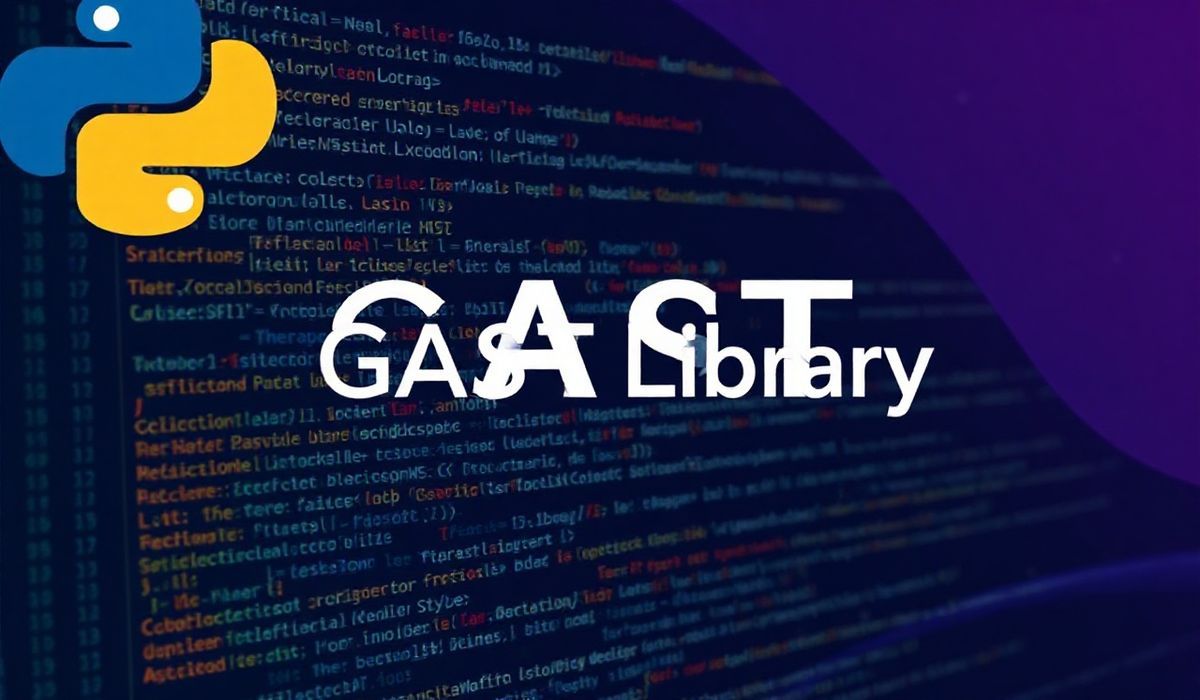Introduction to String Stream in JavaScript
The String Stream utility in JavaScript is an efficient way of handling and processing string data. It empowers developers to manipulate strings effortlessly and comes packed with dozens of useful APIs. In this guide, we will explore various String Stream APIs and provide practical code snippets for each.
Useful APIs and Example Code Snippets
1. Creating a String Stream
To start using the String Stream, you need to initialize it with a string:
const stringStream = new StringStream('Hello, World!');
2. Reading Characters
You can read a specific character from the stream:
const char = stringStream.charAt(7); // output: W
3. Checking if a String Exists
It is possible to check the presence of a substring within the stream:
const exists = stringStream.includes('World'); // output: true
4. Converting Stream to Uppercase
Convert all characters in the stream to uppercase:
const upperCaseStream = stringStream.toUpperCase();
5. Reversing the String
Reverse the contents of the stream:
const reversedStream = stringStream.reverse(); // output: '!dlroW ,olleH'
6. Trimming Whitespaces
Remove leading and trailing whitespaces from the stream:
const trimmedStream = stringStream.trim();
7. Replacing Substring
Replace certain parts of the string within the stream:
const replacedStream = stringStream.replace('Hello', 'Hi'); // output: 'Hi, World!'
8. Splitting the Stream
Split the stream into an array of substrings:
const splitArray = stringStream.split(', '); // output: ['Hello', 'World!']
9. Stream Length
Get the length of the stream:
const length = stringStream.length(); // output: 13
App Example using Introduced APIs
Let’s build a simple app leveraging the String Stream APIs to process user input:
document.querySelector('#processBtn').addEventListener('click', () => {
const input = document.querySelector('#userInput').value;
const stringStream = new StringStream(input);
const upperCase = stringStream.toUpperCase();
const trimmed = stringStream.trim();
const reversed = stringStream.reverse();
document.querySelector('#outputUpperCase').textContent = upperCase;
document.querySelector('#outputTrimmed').textContent = trimmed;
document.querySelector('#outputReversed').textContent = reversed;
});
Conclusion
String Stream in JavaScript is a powerful utility for handling string manipulations. With the above examples, you can now efficiently work with strings in your projects. Leverage these APIs to streamline and optimize your code.
Hash: bd37ef791e81713f1c55f0c63d5faa3caf82f9a5cdb930ee93332fbeb865fb9d




